Kefine Klanar IEMs – Planar Entry-Level IEMs Save The Day
Kefine Klanar is a $119 USD pair of Planar Magnetic IEMs made by Kefine, designed with a huge driver at the core, and a flexible cable to transport the music to the earphones. Given the price point, we will review the Klanar and also briefly compare them to other entry-level IEMs, including Tangzu Fudu Verse 1 (89 USD), HIDIZS MP145 (159 USD), and Shanling Sono (79 USD).
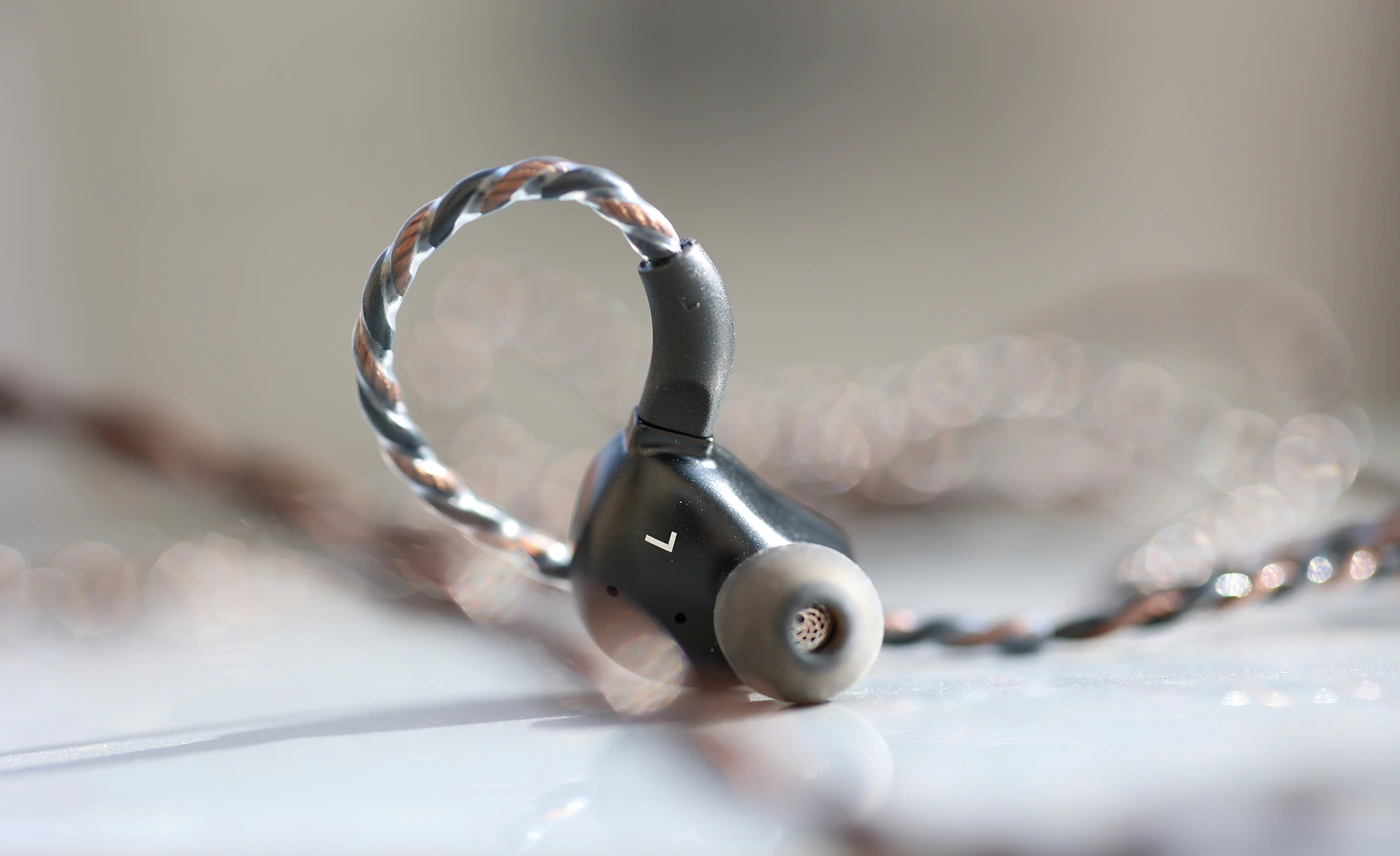
Introduction
Kefine is a company established recently, so today we will explore our first product from them. As an Amazon Influencer, I earn from qualifying purchases, and using the purchase links in my reviews helps me maintain this website and Youtube Channel. I thank Kefine for providing the sample for this review, in exchange for my honest opinion. Kefine provided the sample for this review, in exchange for my honest opinion.
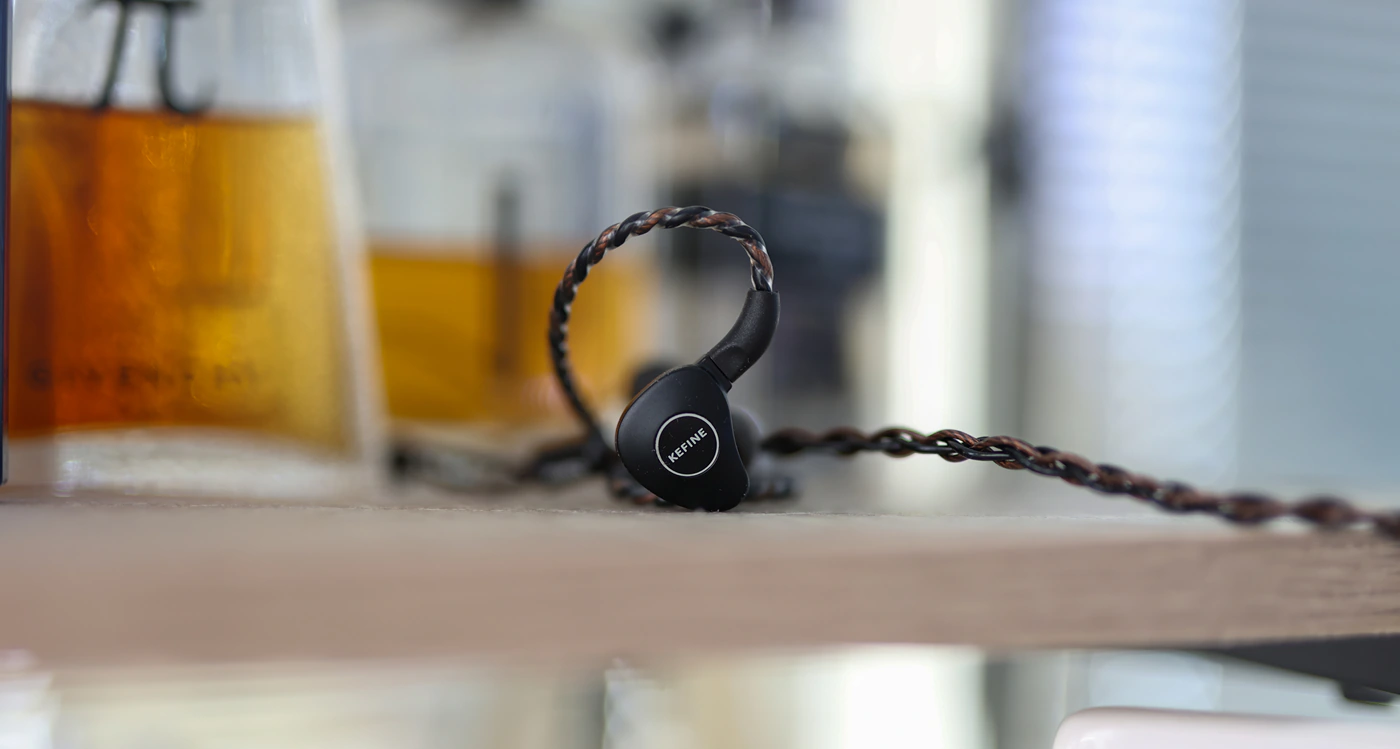
PROs – Comfortable build, high-quality cable, lightweight and ergonomic shells, good tips included in the package, easy to drive, good treble extension, warm bass, wide soundstage, good clarity, not very sensitive to source noise, transport case included in the package, super good price / performance ratio.
Cons – A bit of grain in the lower and upper midrange, slightly overdriven sound works well for guitars but not voices.
Product Link
You can grab one from www.amazon.com here – https://amzn.to/3xiXY7k
Build Quality/Aesthetics/Fit/Comfort
You can order the Kefine Klanar with both 3.5mm and 4.4mm cables and jacks, so you can grab them and use them with your favorite source, but the cable and IEM shells will be the same for both. At the heart of the Klanar there is a Planar magnetic driver, 14.5mm in diameter, which is quite a large one for IEMs, but not a very large driver for Planar magnetic tech. The driver diaphragm is made of PET, while the magnet is a 55n magnet, and all of this sound reactor is contained within a metallic shell that manages to be natural in size.
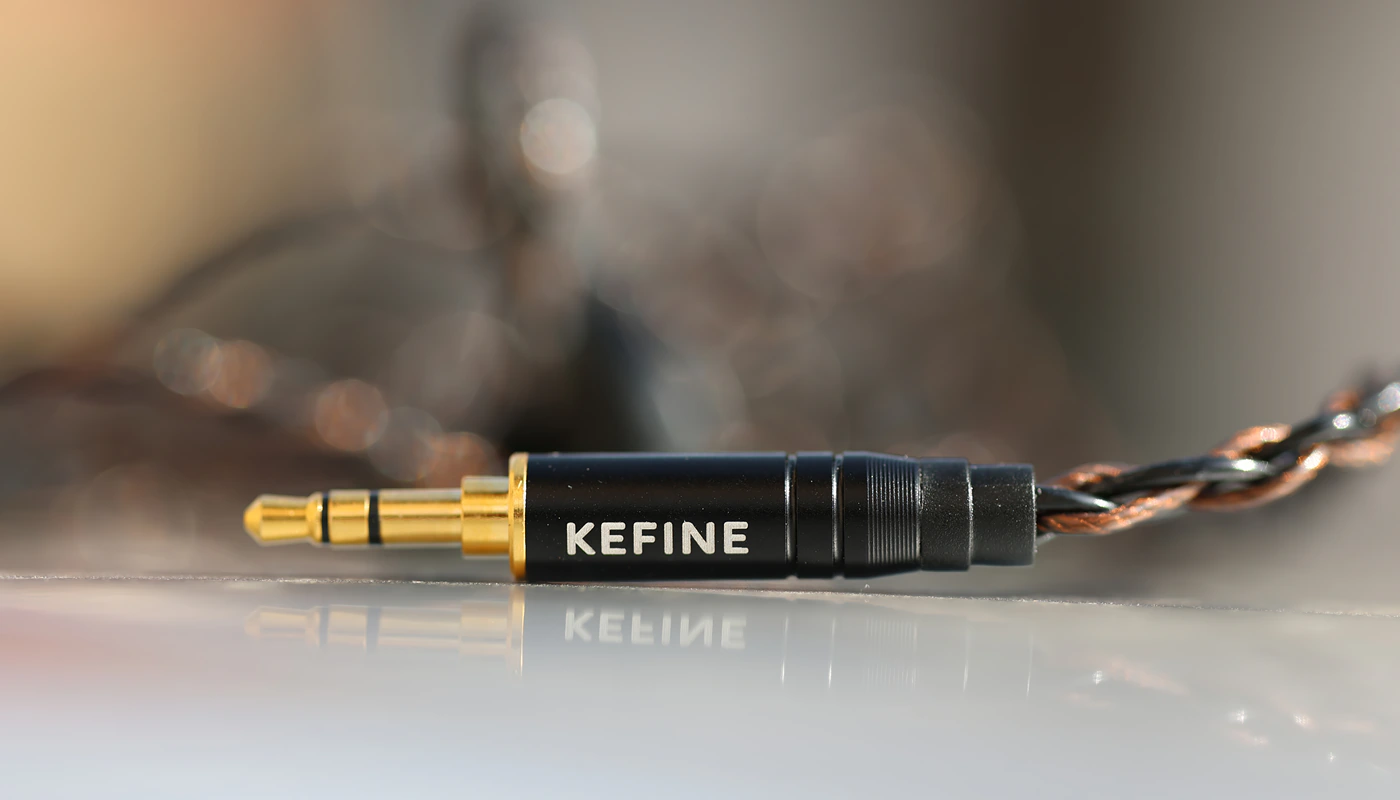
When choosing a pair of Earphones, it is important to remember that the wearing comfort is just as important as the sound, as you’re not likely to actually wear a pair of IEMs that feels uncomfortable, so Klanar wins my heart big time with the comfort, the shells are fairly lightweight, the cable has soft ear guides, and the cable does not conduct much microphonic noise. The cable is detachable, but I would steer away from replacing it, since we’re talking about an entry-level IEM and more gains can be had from a better source. The braiding of the cable looks beautiful but stealthy, and the shells are actually made of aluminum to be this light.
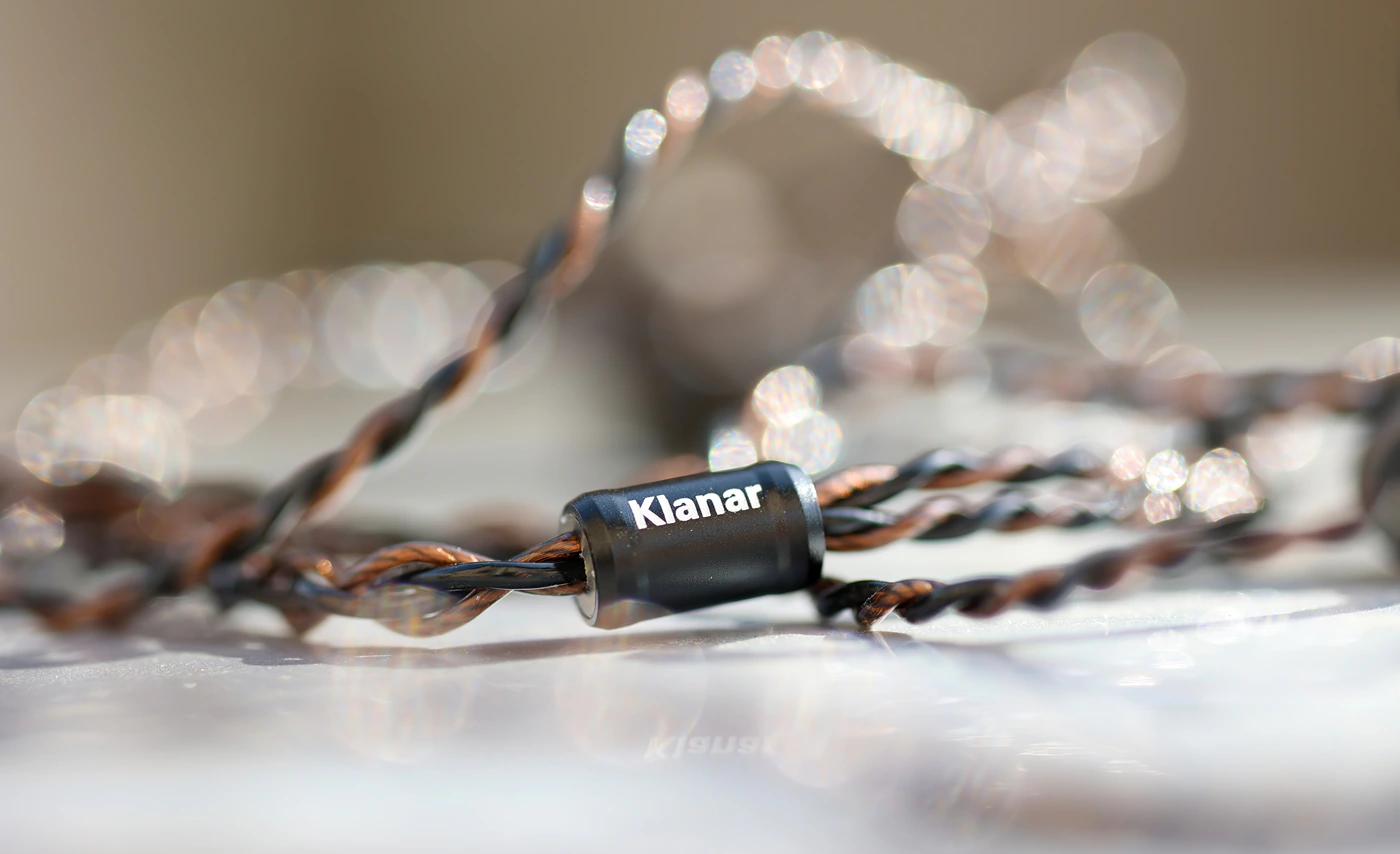
The passive noise isolation is ok, not at the levels of a Custom IEM, but better than the likes of ddHIFI Janus, while the power needed to drive the Klanar is low, so it will pair well with most sources. Klanar is not very sensitive to source noise, and it can be paired with most entry-level sources, keeping your pockets and wallet safe.
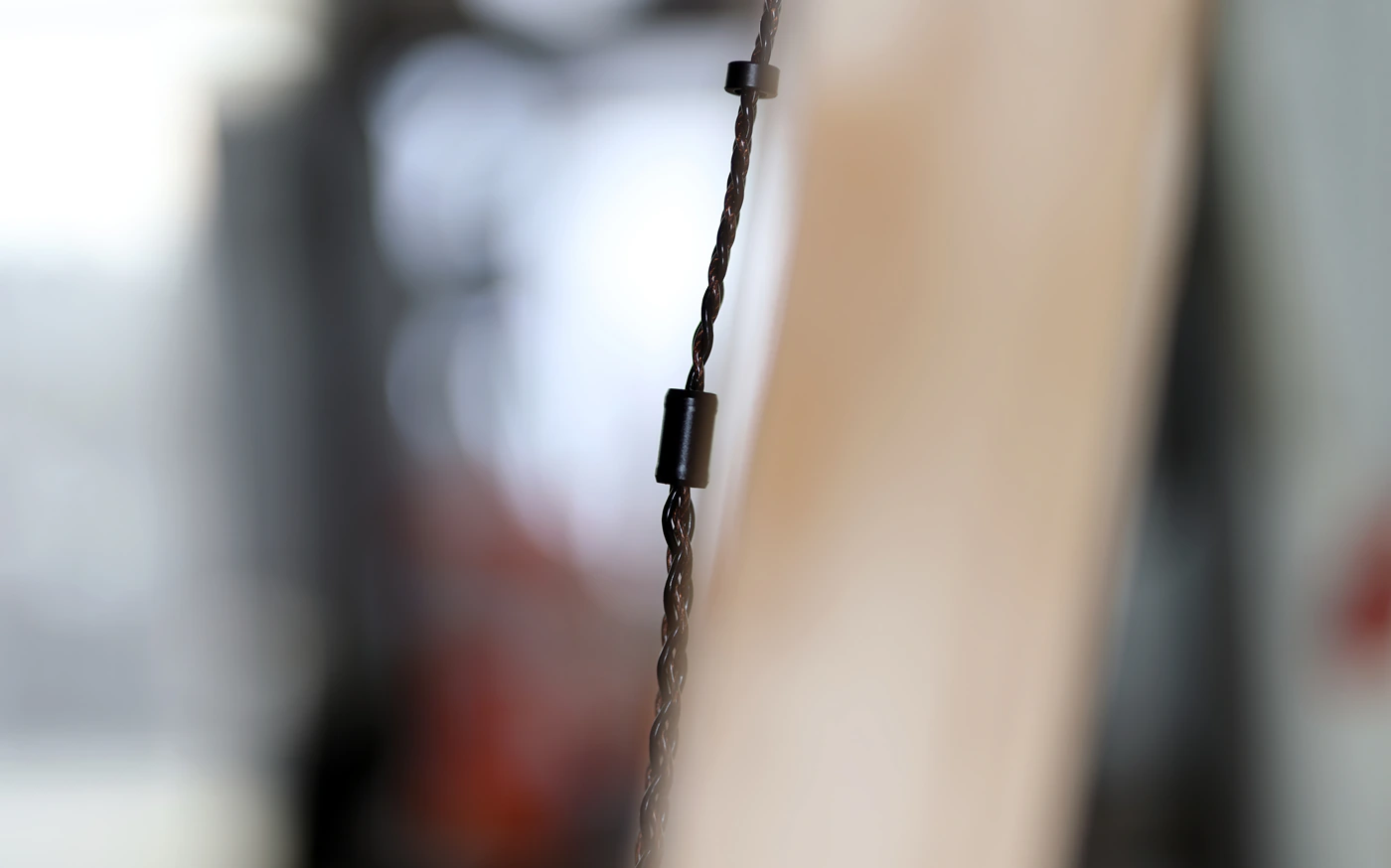
For today’s review, I have paired the Klanar with a wide selection of sources, including FiiO Q15, Shanling UA4, HIDIZS S9 PRO Plus Martha, HIFIMAN EF600, Hiby Digital M300, and JDS Labs Element III MK2 Boosted. Generally, Kefine Klanar requires a bit more power than you’d expect from their 16 OHMs of impedance, but they are not very sensitive to noise. I liked the sound the most with a warmer and smoother sounding source like Shanling H5, and the sound became a bit aggressive with sources with a lot of drive like HIDIZS S9 PRO Plus Martha.
Sound Quality
Overall Signature – While most entry-level IEMs struggle to get the midrange tonality right, and to create a good voicing, Kefine Klanar manages to do that quite well, sounding sharp, natural, for a V-Shaped IEM. The bass has a bit of extra warmth and presence, the treble has a bit of extra sparkle and presence above the midrange, while the voices are pushed slightly back, giving more space for music to happen, creating a wide soundstage. The signature is fairly universal and versatile, sounds beautiful with rock and metal, guitar solos, emphasizes guitars and instruments more than voices, and as it has quite a bit of grain, it can reveal textures rather easily. The best sound can be found at medium listening levels, where Klanar sounds the cleanest, widest and most spacious.
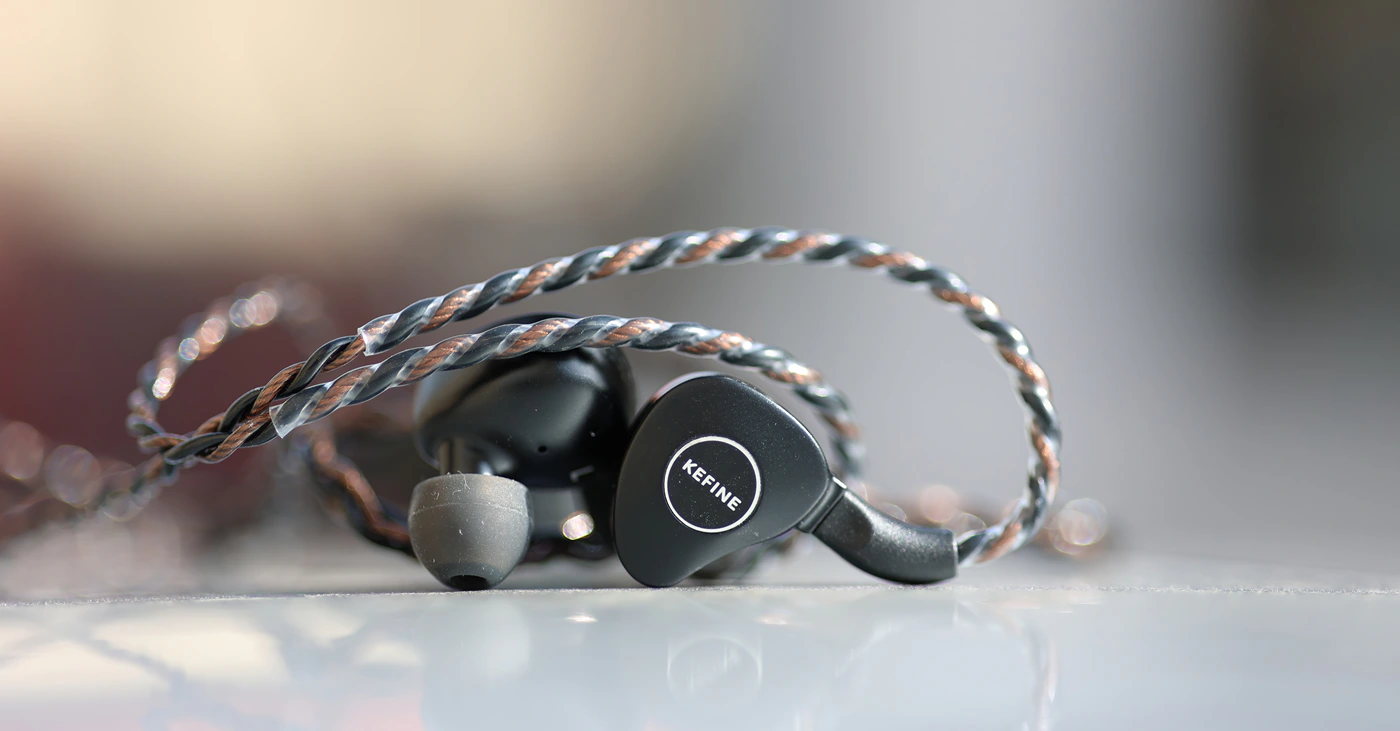
Bass – Klanar is the kind of IEM that can add a bit of punch and rhythm to your life, taking the boredom out and bringing in a bit of warmth, as it has a good bass extension, down to about 35 Hz, with a warm bass, emphasized presence from 40 Hz all the way to 90 Hz, resulting in a pleasing and full sounding low end. The bass has between 4 and 7 dB of presence above the midrange, which gives music a slightly thick and dark undertone, allowing for a bit of substance in music, but it doesn’t become too much or distorted at any moment. If you’re a basshead, there are other options, but for a balanced sound with a bit of extra flavor, the bass of the Klanar hits just right. Klanar manages to capture the energy and depth for rap music, so songs that are naturally bass heavy will have the bass presented, but it does not add much for rock and metal.
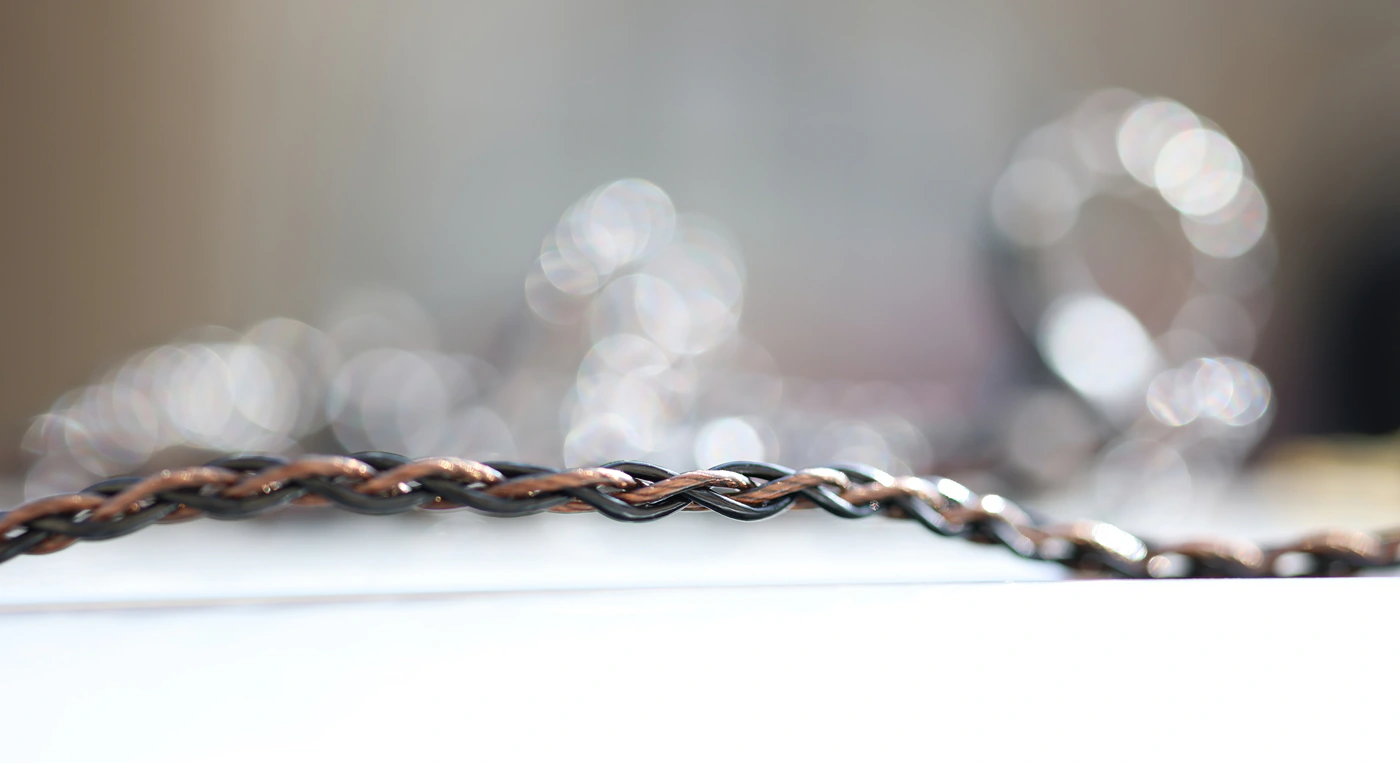
Midrange – Speaking of which, the impact is good on the Klanar, it has a recessed midrange, but it never sounds distant, rather it creates a wide presentation, allowing for space where instruments can breathe. Lead guitars take a forward place, voices are positioned right behind, while drums are positioned farther behind in the layering. Special effects are projected in a 3D fashion all around the listener, creating a fairly fun experience with the Klanar. There’s a good sense of instrument separation, and each instrument is fairly well defined, but Klanar tends to emphasize female voices a bit more than male voices, in all music styles. It seems to have been tuned with ACG music in mind, so you can expect artists like Masa Works Design to sound crisp and at their best, while rock bands like Escape The Fate sounds best during the guitar solos but less interesting during the choruses.
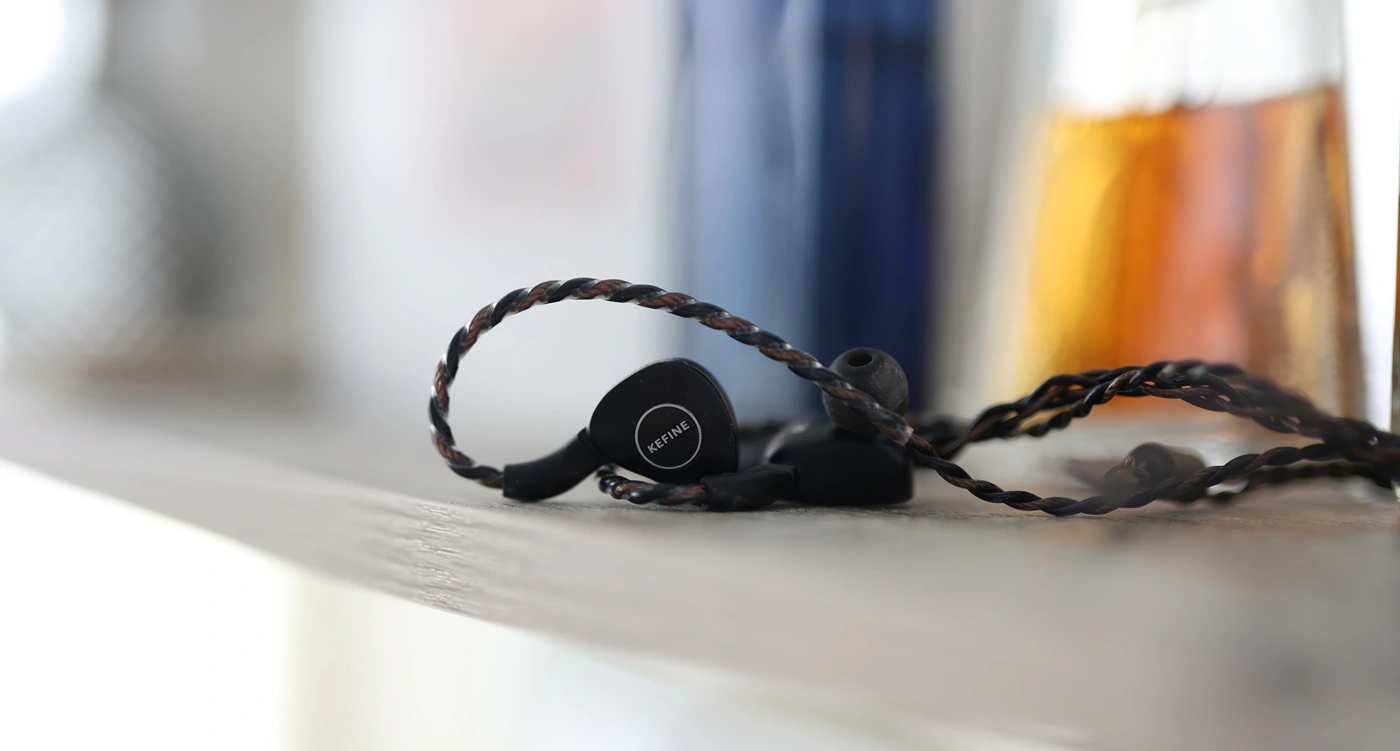
Dynamics / PRaT / Soundstage – The dynamics of the Klanar are quite good, it can render a live concert nicely, but it is a bit compressed for a classical piece, as it brings both the quiet and the louder passages to be rather loud. There’s a tendency for it to also overexpress textures, and add a bit of grain in the upper midrange, which helps create the feeling of resolution and detail, but is noticeable. Most of the sound has a bit of grain, but it is not evident in the bass, and in the treble, the character of the sound is slightly wet, although there is a feeling of grain there too. The staging is wide, holographic, and has a natural depth too.
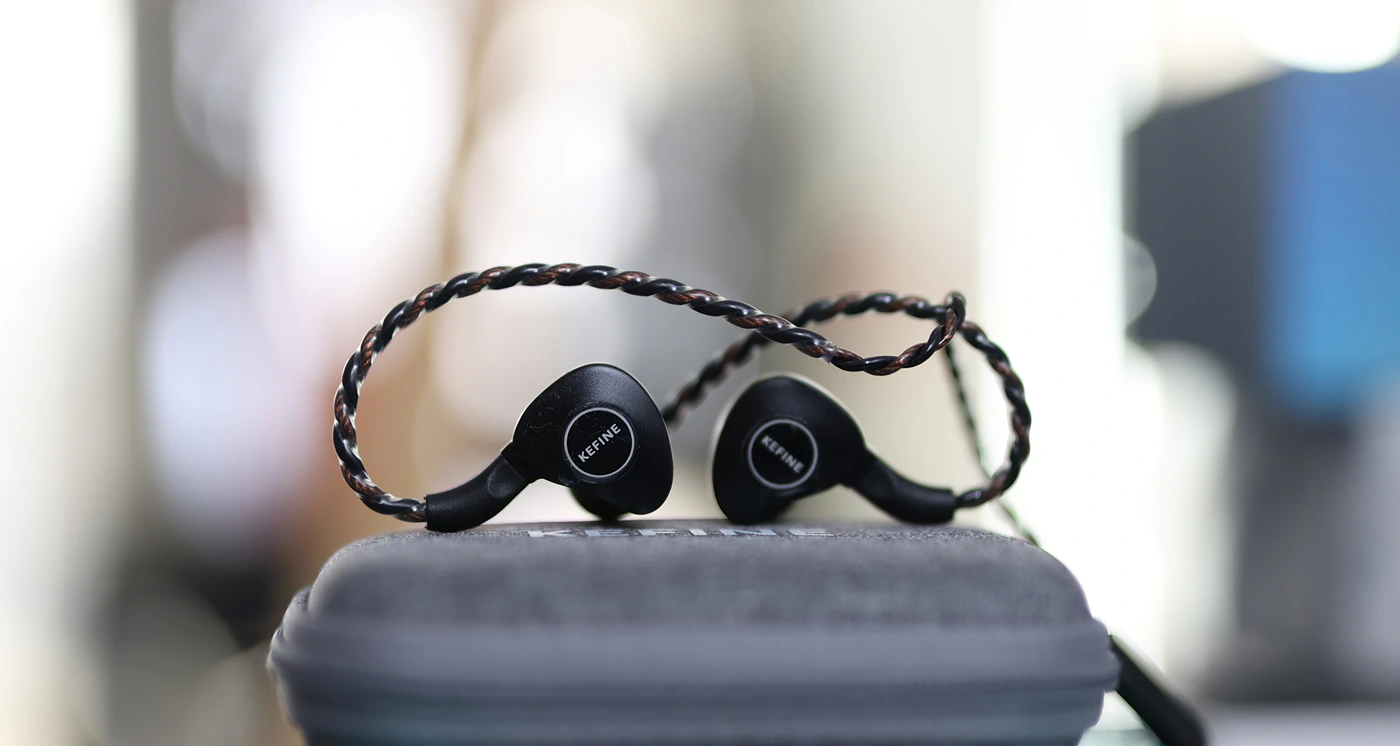
Volume Control – Kefine Klanar sounds best at medium volumes, it tends to get aggressive and shouty at very loud volumes, where the treble overtakes both the bass and the midrange, and at low levels the sound loses some of the resolution and contrast, becoming less dynamic and more compressed. This also means that most of the review has been written with me enjoying the Klanar at medium volumes.
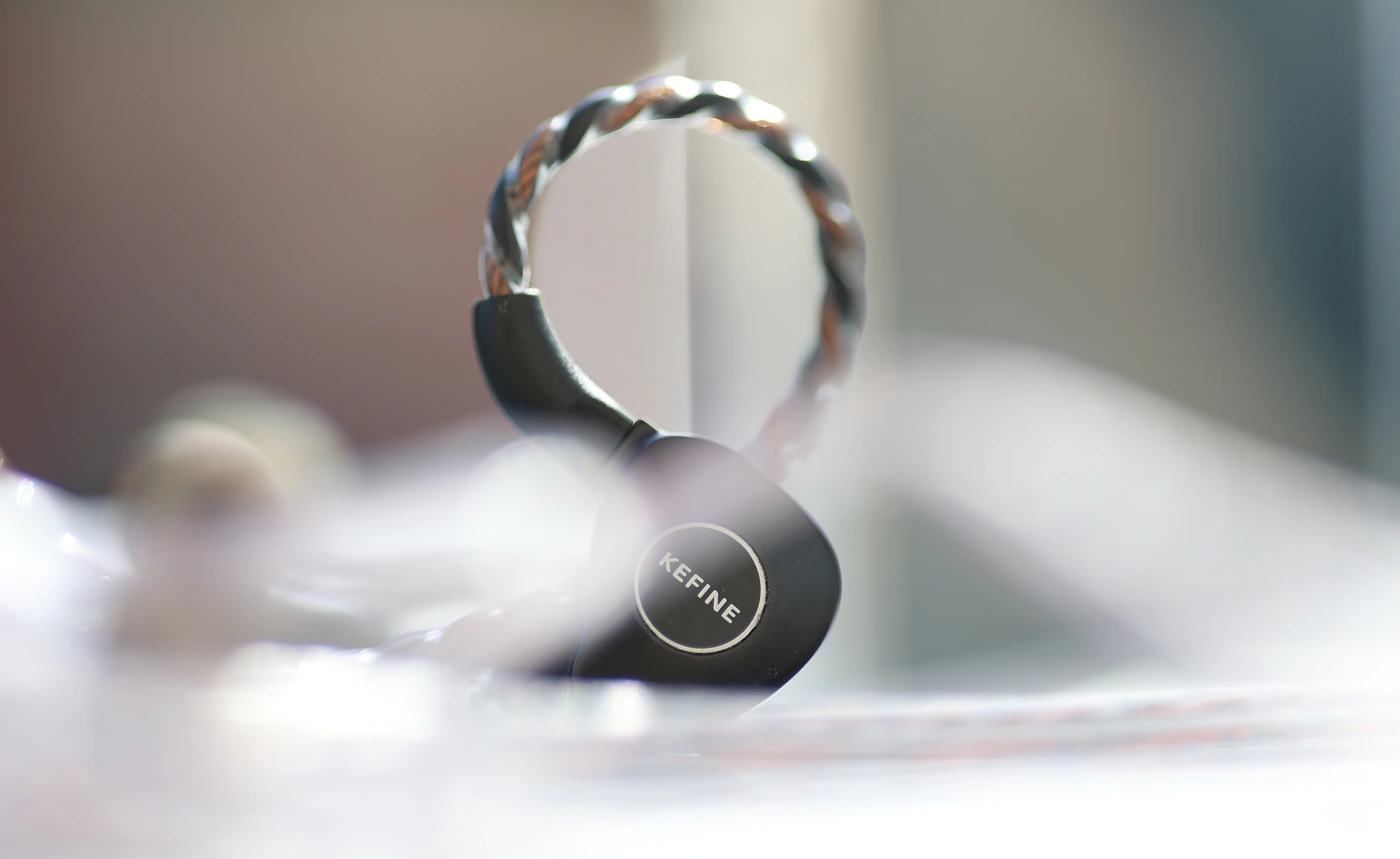
Treble – While my descriptions of the treble may scare you away from them, Kefine Klanar are not overly bright, the treble peak happens around 11 kHz, and it starts rolling off at 12 kHz, although it keeps having strong energy and presence up to 18 kHz, just slightly reduced compared to that peak. The treble is more on the metallic, shiny, sharp, and slightly grainy side of things. This is actually something I heard a few times with planar IEMs, it seems to be the way planar drivers tend to sound in IEMs, Kefine Klanar having a resolution much better than you’d expect from the price point all things considered, showing micro details in rock really nicely.
Comparisons
Kefine Klanar vs Tangzu Fudu Verse 1 (119 USD vs 89 USD) – The comfort is mostly comparable, although the cable of the Kefine Klanar is better, the package is better, IEM shells are smaller, lighter and more comfortable than those of Verse 1. Passive noise isolation is comparable, but sonics are not, Verse 1 sounds really smooth, warm and bassy, with very little treble, and a lush presentation, while Klanar sounds way more natural, more balanced, more detailed and sharper, with more grain and generally a more airy, wider sound. For bass, Verse 1 is considerably deeper and lusher sounding, while for a V-Shaped signature, Klanar is the better option.
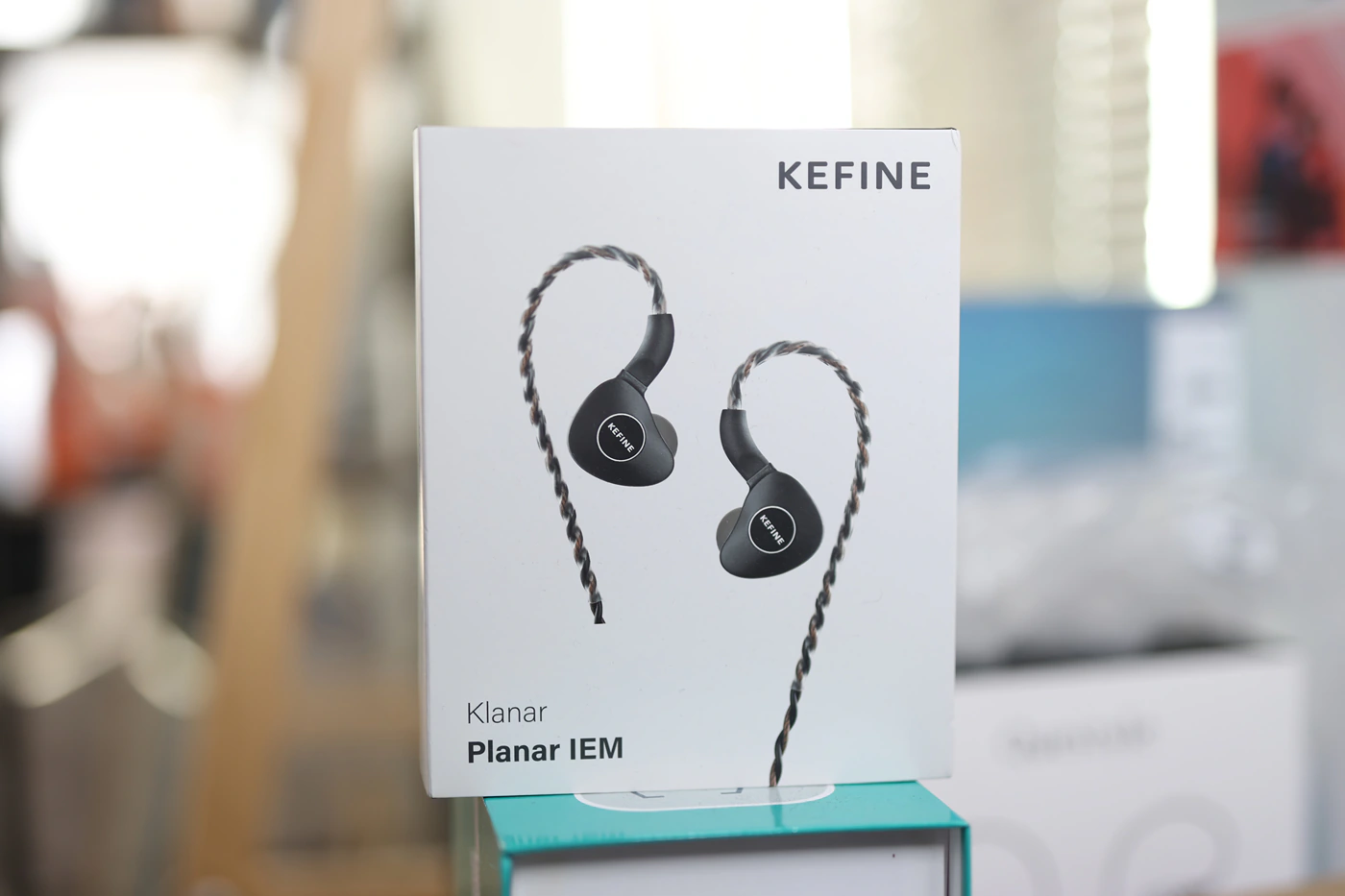
Kefine Klanar vs HIDIZS MP145 (119 USD vs 159 USD) – The comfort of the Klanar is considerably better than that of the MP145, as both the cable is better on the Klanar, but also the IEM shells are smaller, lighter, more ergonomic and better suited for long periods of wear. Passive noise isolation is a touch stronger on the MP145, but Klanar has a slightly more detailed sound, with a wider soundstage, at the cost of the treble sounding more metallic, and there being a bit more grain in the sound. I still would recommend Klanar 100% of the time, thanks to the better comfort, and only go for MP145 if you knew you could handle the size and weight of the shells.
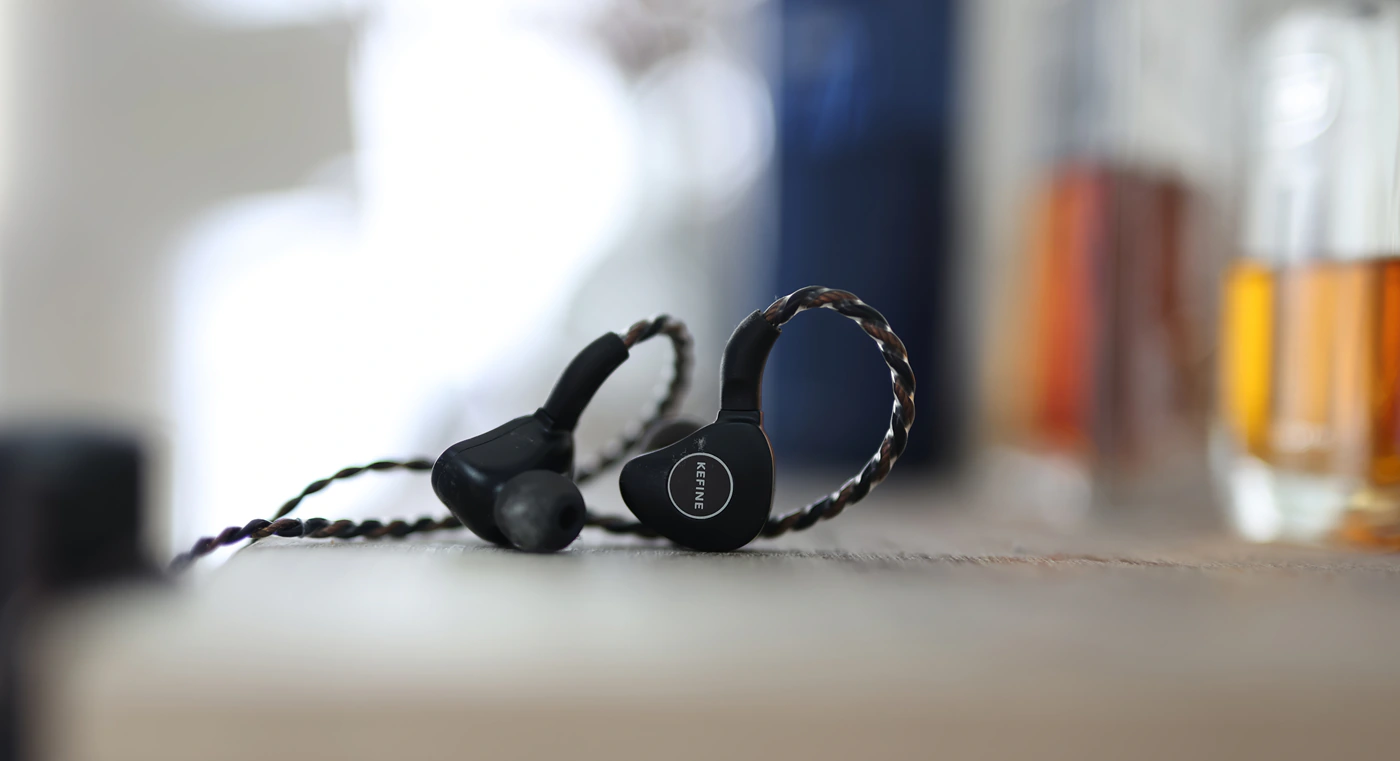
Kefine Klanar vs Shanling Sono (119 USD vs 79 USD) – The weather size of the sono makes it slightly easier to wear, but the cable of the Klanar is of a better quality. Sono sounds bigger, deeper, warmer, thicker and has a much stronger bass, while Klanar sounds more balanced,d has a better treble sparkle, and better resolution. Klanar can have a bit more grain at times, but it is more vivid, more dynamic and has a punchier sound than Sono. I would grab the sono if I wanted the smallest warmer sounding IEM possible, while Klanar is a more generic IEM with a more universal and versatile sound as well,
Value and Conclusion
Klanar performs well for the price, and it has a fairly natural tonality in the midrange, comes with a rich package, good wearing comfort, and a sound that can be considerably more detailed than the competition, being really enjoyable to hear in person.
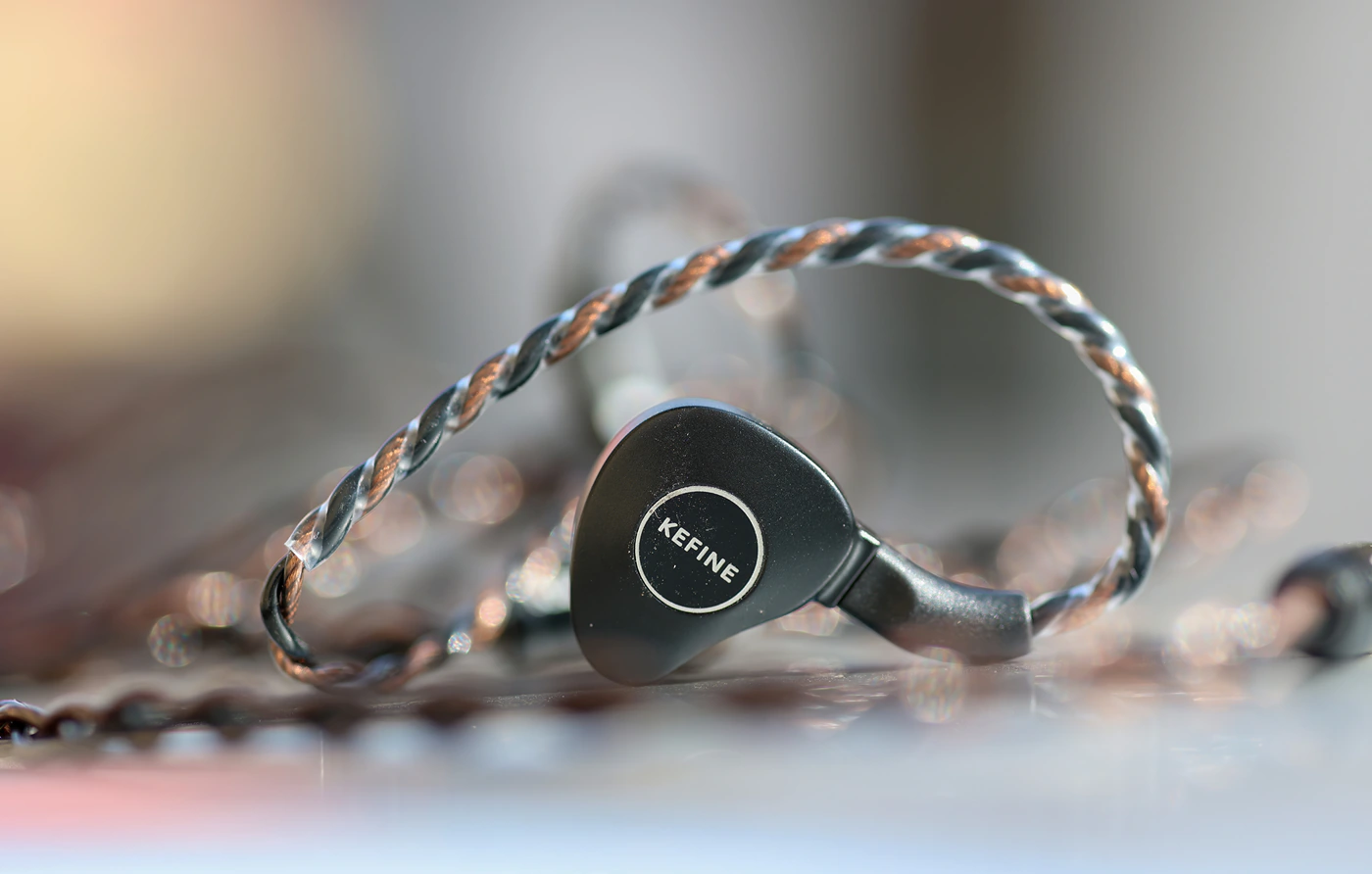
At the end of the day, if you fancy a V-Shaped signature, an IEM that sounds best at medium volumes, with great detail, dynamics and a wide soundstage, plus a good bass for rap, but clean voicing for emo and rock, and with an emphasis on guitar solos, Kefine Klanar is an excellent option for those with a limited budget and who want to explore the planar magnetic tech for IEMs.
Product Link
You can grab one from www.amazon.com here – https://amzn.to/3xiXY7k
Technical Specifications
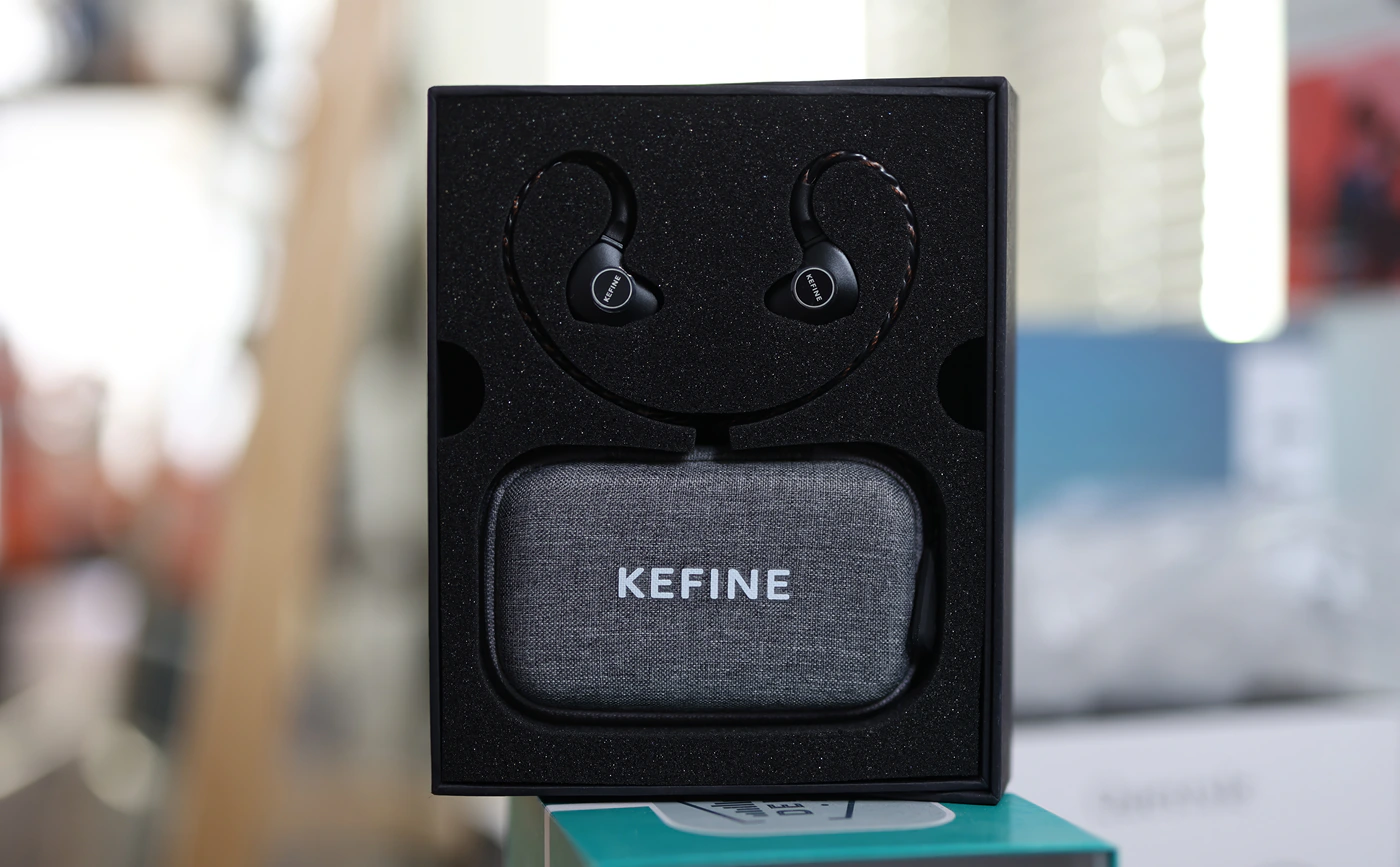
Style – In-ear
Driver type – Planar driver
Driver size – φ14.5 mm
Frequency response – 20 Hz – 40K Hz
Sensitivity – 105 dB +/- 3 dB
Impedance – 16 Ω +/-15%
Cable length – 1.2 M +/-0.2 M
Plug size – φ3.5mm SE or φ 4.4 mm BA
Weight – 12.6 g
--- Please remember to stay safe, and always have fun while listening to music!---
- If you have a dime to spare, please donate, and help us! It would make the day brighter for me and my wife-
Full Playlist used for this review
We listened to more songs than those named in this playlist, but those are excellent for identifying a sonic signature. I recommend trying most of the songs from this playlist, especially if you’re searching for new music! The playlists are different for Spotify, Tidal and Youtube, and based on the songs I enjoy and are available on each!
https://www.youtube.com/playlist?list=PL_cjBXGmwSHSdGcwuc_bKbBDGHL4QvYBu
https://open.spotify.com/playlist/5J3oloz8Riy9LxEGenOjQ0?si=979ba4f082414be7
https://tidal.com/browse/playlist/330fd544-8e5b-4839-bd35-676b2edbb3d5
--- Contact Us ---





